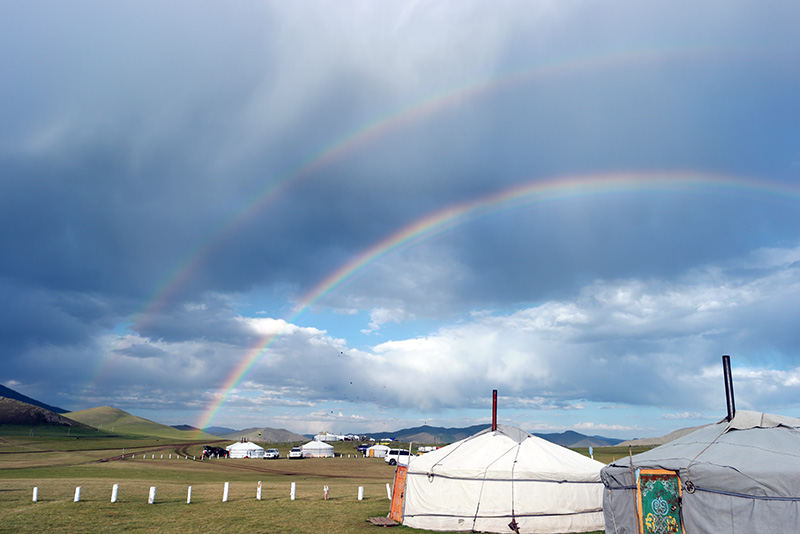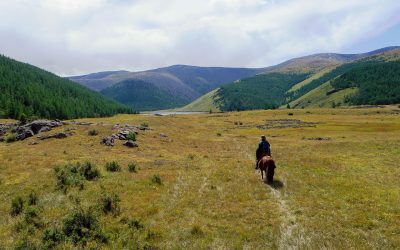During the late Permian in Mongolia, inertia-driven transtensive reactivation of primordial fracture zones gave rise to the development of a sequence of related, but isolated, fault-bounded sub-basins; some of these became the locus of substantial peat accumulation that evolved into economically important coal deposits. The present study focuses on late Permian coal measures in two widely separated areas: Area 1: located in central Mongolia, developed along the southern margin of the Mongol-Transbaikalian Seaway. The late Permian coal sequence forms a c. 420 m thick middle part of a Permo-Triassic succession which spans c. 2,600 m. The V-shaped, fault-bounded NE oriented sub-basin evolved under transtensive conditions. The thick infill records a transition from shallow marine and humid coal forming depositional environments during the late Permian to relatively arid desolate terrestrial conditions during early Triassic times, considered here to mark the dramatic drainage of the Mongol-Transbaikalian Seaway across the Permo-Triassic boundary. Area 2: situated in southern Mongolia, is a NE oriented elongate sub-basin, bounded by two wrench faults, which formed under transtensive conditions. Thickness of the late Permian coal-bearing strata is c. 650 m. The sedimentary strata record a transition from a humid coal-bearing environment to predominantly marine conditions. Both study areas are located proximal to two controversial suture zones. However, the zones do not show the presumed shortening, major thrusting, regional metamorphism and given the complete absence of tuffs within the studied Permo-Triassic successions it could be argued that the sutures are not only cryptic but non-existent.
Original found at https://doi.org/10.5564/mgs.v28i57.3200
Authors:
- Per Michaelsen Geoscience Center, School of Geology and Mining Engineering, Mongolian University of Science and Technology, Ulaanbaatar, 14191, Mongolia https://orcid.org/0000-0003-4075-8943
- Karsten M. Storetvedt Geophysical Institute, University of Bergen, 5020 Bergen, Norway




